How To Use A Golf Rangefinder?
Golf rangefinders have become an essential tool for golfers of all skill levels, providing accurate distance measurements to improve shot accuracy and course management. Whether you're a beginner or a seasoned pro, understanding how to use a golf rangefinder can significantly enhance your game. In this article, we will delve into the various aspects of using a golf rangefinder, from selecting the right device to mastering its features and integrating it into your overall golfing strategy.
Understanding Golf Rangefinders
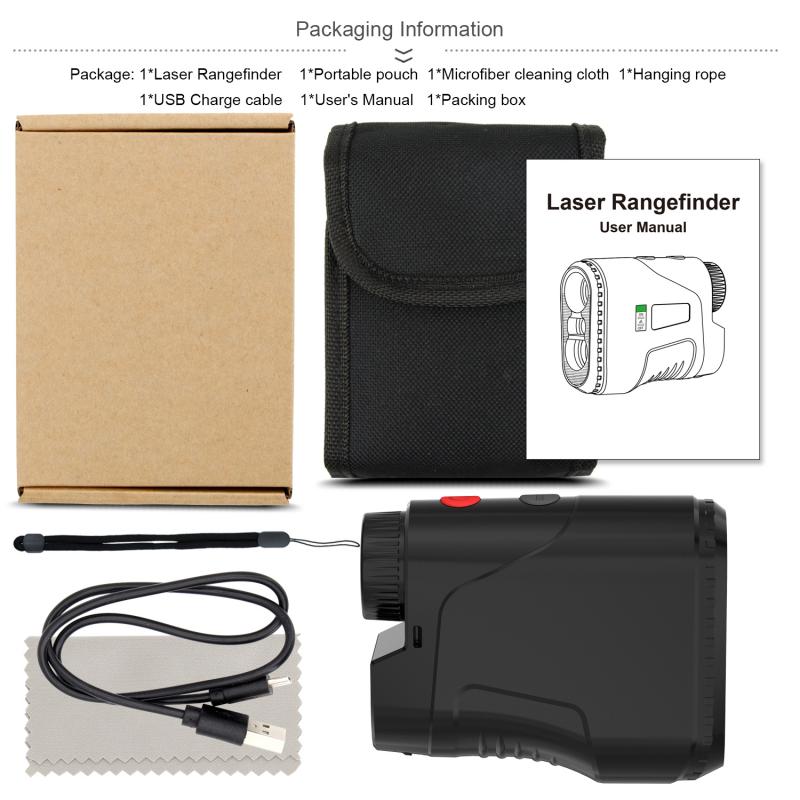
Golf rangefinders come in two primary types: laser rangefinders and GPS rangefinders. Each type has its own set of features and benefits, and choosing the right one depends on your personal preferences and needs.
Laser Rangefinders: These devices use a laser beam to measure the distance to a specific target, such as the flagstick. They are known for their accuracy and can provide precise measurements to within a yard. Laser rangefinders are ideal for golfers who want exact distances to specific points on the course.
GPS Rangefinders: These devices use satellite technology to provide distances to various points on the course, such as hazards, greens, and fairways. GPS rangefinders often come preloaded with course maps and can offer a broader view of the course layout. They are useful for golfers who prefer a more comprehensive understanding of the course.
Selecting the Right Rangefinder
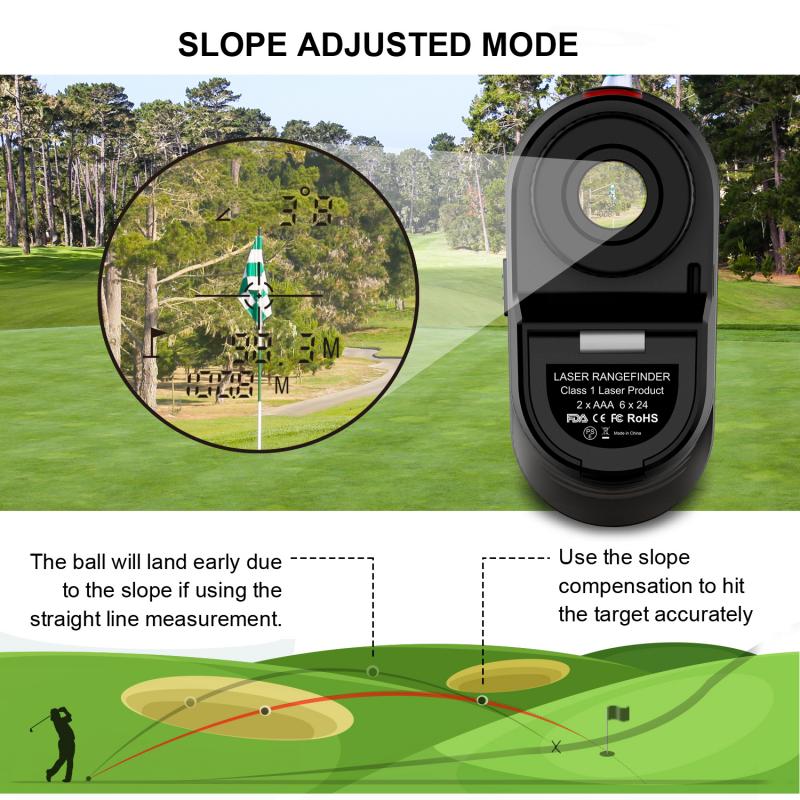
When choosing a golf rangefinder, consider the following factors:
1. Accuracy: Look for a rangefinder that offers precise measurements. Laser rangefinders are typically more accurate than GPS rangefinders, but both can be effective if used correctly.
2. Ease of Use: Choose a rangefinder with a user-friendly interface. The device should be easy to operate, with clear instructions and intuitive controls.
3. Features: Consider the features that are important to you, such as slope measurement, target locking, and magnification. Some rangefinders also offer additional functionalities like weather resistance and long battery life.
4. Budget: Rangefinders come in a wide range of prices. Determine your budget and find a device that offers the best value for your money.
How to Use a Laser Rangefinder
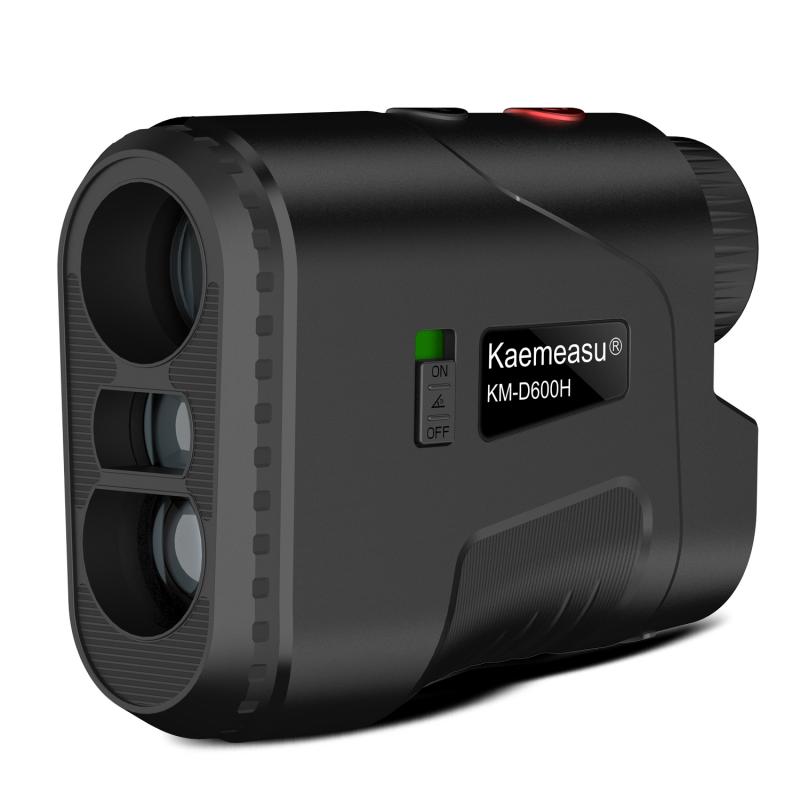
Using a laser rangefinder involves a few simple steps:
1. Power On: Turn on the rangefinder by pressing the power button. Most devices have a clear display that shows the battery level and other relevant information.
2. Aim: Look through the viewfinder and aim the rangefinder at your target. The target could be the flagstick, a hazard, or any other point on the course.
3. Activate the Laser: Press the button to activate the laser. The rangefinder will emit a laser beam that bounces off the target and returns to the device.
4. Read the Distance: The rangefinder will calculate the distance based on the time it takes for the laser to return. The distance will be displayed on the screen, usually in yards or meters.
5. Adjust for Slope (if applicable): Some rangefinders have a slope adjustment feature that accounts for elevation changes. If your rangefinder has this feature, make sure to enable it for more accurate measurements.
How to Use a GPS Rangefinder
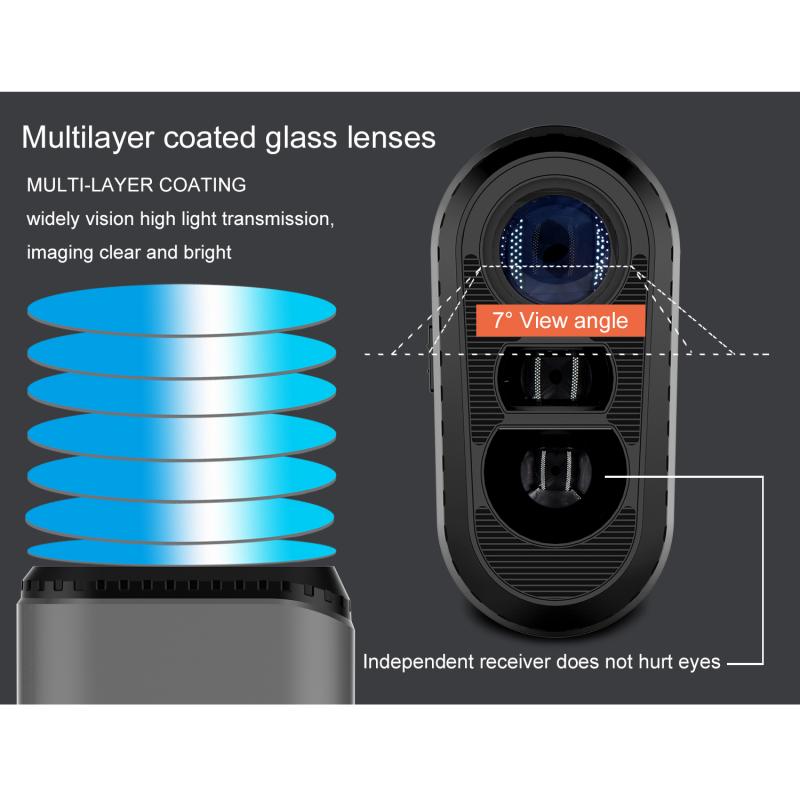
Using a GPS rangefinder is slightly different:
1. Power On: Turn on the GPS rangefinder and allow it to connect to the satellite network. This may take a few moments.
2. Select the Course: Most GPS rangefinders come preloaded with course maps. Select the course you are playing from the device's menu.
3. View Distances: The GPS rangefinder will display distances to various points on the course, such as the front, middle, and back of the green, as well as hazards and other landmarks.
4. Navigate the Course: As you move around the course, the GPS rangefinder will update the distances in real-time. Use this information to plan your shots and avoid hazards.
Integrating the Rangefinder into Your Game
To get the most out of your golf rangefinder, integrate it into your overall game strategy:
1. Practice: Spend time practicing with your rangefinder on the driving range or during practice rounds. Familiarize yourself with its features and learn how to quickly and accurately measure distances.
2. Course Management: Use the rangefinder to improve your course management skills. Knowing the exact distances to hazards, layup areas, and the green can help you make smarter decisions and avoid costly mistakes.
3. Club Selection: Accurate distance measurements can help you choose the right club for each shot. Over time, you'll develop a better understanding of how far you hit each club, leading to more consistent and accurate shots.
4. Confidence: Using a rangefinder can boost your confidence on the course. Knowing the exact distance to your target can help you commit to your shot and execute it with greater precision.
Common Mistakes to Avoid
While golf rangefinders are valuable tools, there are some common mistakes to avoid:
1. Relying Too Much on Technology: While rangefinders provide accurate distances, it's important to also rely on your own judgment and experience. Don't become overly dependent on the device.
2. Ignoring Course Conditions: Rangefinders provide distance measurements, but they don't account for factors like wind, temperature, and lie. Consider these conditions when planning your shots.
3. Not Practicing Enough: Like any tool, a rangefinder is only effective if you know how to use it properly. Spend time practicing with the device to become proficient.
4. Using Slope Adjustment in Tournaments: Many tournaments prohibit the use of slope-adjusted measurements. Make sure to disable this feature if it's not allowed in competitive play.
A golf rangefinder can be a game-changer for golfers of all levels, providing accurate distance measurements that can improve shot accuracy and course management. By selecting the right rangefinder, mastering its features, and integrating it into your overall game strategy, you can take your golf game to the next level. Remember to practice regularly, consider course conditions, and use the rangefinder as a tool to enhance your skills and confidence on the course. With the right approach, a golf rangefinder can help you achieve lower scores and greater enjoyment of the game.


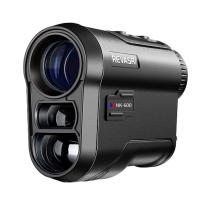

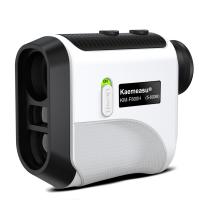
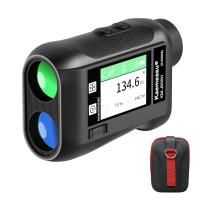
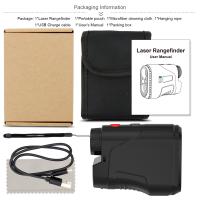








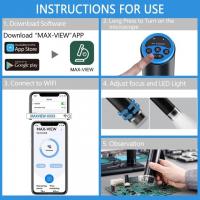
There are no comments for this blog.